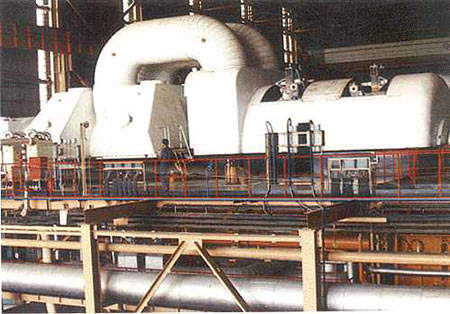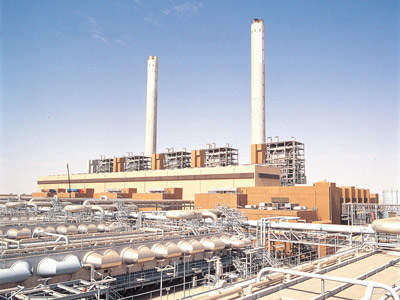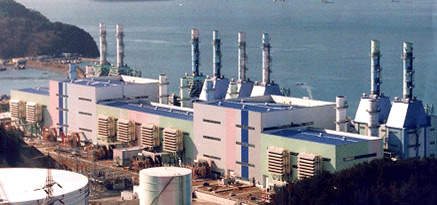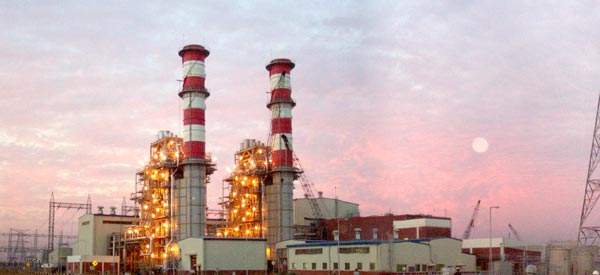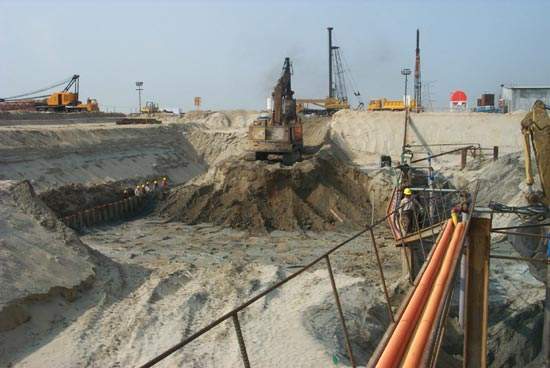The Meghnaghat 450MW combined-cycle gas-fired power plant is located on a 25.09ha site 22km south of Dhaka on the northern bank of the Meghna River.
The $289.6m plant was built by US-based AES (Allied Energy Systems) over a 22-year power purchase agreement with Bangladesh Power Development Board (BPDB).
The engineering, procurement and construction contract for the facility was awarded to Hyundai Heavy Industries (HHI).
Operations at the plant began in November 2002. In 2003, AES sold the plant to the UK company CDC Globeleq, which sold the plant to Malaysia-based Pendekar Group in 2007.
The plant is 76% held by Pendekar Energy and 24% by Pendekar Energy Ventures (PEVL).
The Bangladeshi Government had been purchasing electricity from the Meghnaghat power plant at a price below two cents per unit, which is considered to be the lowest ever electricity price in the world.
Pendekar Energy Group sought approval from the Power Ministry for enhancing the capacity of the Meghnaghat power plant by 170MW.
Named Meghnaghat I, the second phase, 335MW dual-fuel combined cycle unit became operational in 2014.
Additional base-load capacity of Meghnaghat power facility
Meghnaghat supplies domestic, agricultural and industrial users. The project offers extra base-load capacity to help solve Bangladesh’s present and forecasted power shortages. As of mid-2009, the generating capacity of the 450MW plant accounted for 9% of the total power generated in the country.
The plant load factor was 88.21% in 2007. By the end of that year, the Meghnaghat power plant supplied around 14,875GWh of electricity to BPDB.
Hydraulic model study for the Meghnaghat power plant
The project lies downstream of the Meghna Bridge at Meghna Ferryghat, an area that is influenced by significant tidal action during the dry season. The plant draws cool water from the river and discharges the hot water back into the freshwater source.
A hydraulic model study for the plant by DHI (Danish Hydraulic Institute)/ SWMC (Surface Water Modelling Centre) included thermal plume and morphological modelling.
The hydraulic model study avoided the inappropriate location of intake and outlet of water, which would endanger aquatic life while causing a tremendous loss of efficiency. It examined river hydraulics, advection-dispersion of heated water and sediment transport and scouring along the proposed location of the plant using advanced mathematical tools.
Construction of the Meghnaghat CCGT plant
Meghnaghat was constructed by Hyundai Engineering and Construction using combined-cycle gas turbines fed by natural gas.
The plant uses two V94.2 gas turbines with air-cooled generators from Ansaldo Energia. The V94.2 is a single shaft, cold-end drive dual combustor with 16 burners and a heavy-duty gas turbine. It includes a 16-stage axial compressor and a four-stage axial turbine with a common rotor.
The generator has a conventional design for use with gas turbines. The air-cooled, two-pole machine has a cylindrical rotor and is ventilated in closed circuit configuration using air-to-water heat exchangers located in the lower part of the stator frame. Dry low-NOx combustors achieve the guaranteed NOx emission level. Steam or water injection is not required.
Heat recovery steam generators at the power plant in Meghnaghat
The Hyundai Heat Recovery Steam Generators (HRSGs) produce superheated HP steam, superheated reheat steam and superheated LP steam. They are designed for 100% full-load continuous operating conditions. The HRSGs use supplementary firing to achieve the required 450MW net output at the high voltage side of the outgoing terminals of the 230kV transformer. The HRSGs, pumps and auxiliaries are designed for outdoor installation.
The plant uses a FUJI triple-pressure (HP, IP and LP), reheat, condensing, down exhaust type steam turbine with an air-cooled generator. The steam turbine has no steam extraction. The two-pole generator is totally enclosed and water-to-air-cooled.
The steam turbine is installed indoors for environmental protection and acoustic attenuation. The steam turbine building has an overhead travelling crane for heavy-load maintenance lifting. The building has suitable indoor laydown areas for plant maintenance.
The gas turbine maintenance contract was awarded to Ansaldo, an Italian company. A long-term parts management contract was awarded to Siemens Germany in 2006.
Financing of Meghnaghat CCGT
450MW Meghnaghat power plant was financed through $220m of debt and $75m of equity.
The debt facilities were provided by the Asian Development Bank and other lenders. An $80m loan, the largest from any Bangladeshi financial institution, was extended by Infrastructure Development Company.
Meghnaghat phase II
A new CCGT power plant known as Meghnaghat plant phase II or Summit Meghnaghat Power Plant is under construction at Meghnaghat. It will be a 583MW power project installed with GE’s high efficiency and an air-cooled gas turbine 9HA.02 capable of producing 590MW using gas/regasified LNG fuel or 541MW using high-speed diesel.
The project is being built by Summit Meghnaghat II Power Company, a subsidiary of Summit Group and BPDB.
SMPCL signed agreements to develop the Meghnaghat II project for an investment of approximately $390m in March 2019. The project is expected to be operational by March 2022.

